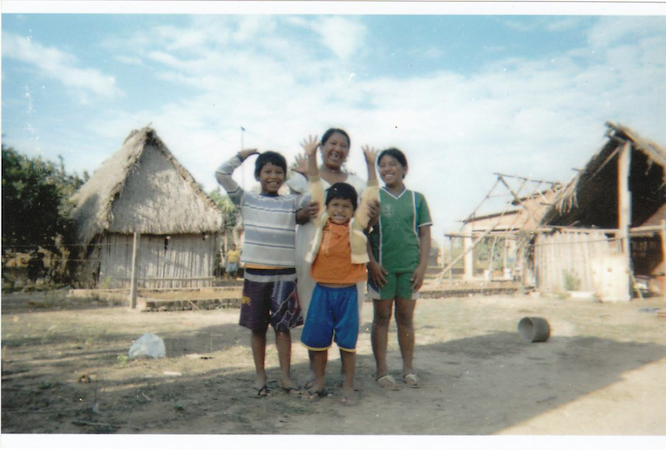A creative method to explore people’s perspectives using pictures.
PhotoVoice and Photo Elicitation are popular methods in which you use pictures as a tool to explore people’s perspectives about a certain phenomenon, subject or event. It is commonly used in and very suitable for Participatory Action Research. You can use them to guide your interviews and or discuss a certain topic more in-depth or as an exposition during a focus group, so that people can discuss pictures together. In Photo Voice you ask participants to make pictures regarding a certain subject and in Photo Elicitation you bring photos yourself and discuss them with your participant(s). Here, we will focus on PhotoVoice. Whether you choose this method is a decision you have to carefully weigh as it comes with big advantages, but can also be an extreme hassle. Read all about it below!
When to use
- Taboo subjects, sensitive subjects or subjects that are otherwise hard for people to talk about
- When respondents are shy
- When it seems like participants get bored of only a one on one interview or want something fun/creative to do
When not to use
- When the subject you want people to make pictures about is too abstract or otherwise difficult to photograph
- When you are limited on budget (in case of disposable camera’s, as you have to develop the pictures) or time (it can take long before people have made pictures for you
How to use
Let’s consider you want to know what a participant likes and dislikes about his/her community. Your photo voice excercise could then be for participants to make 3-5 pictures of what they like and 3-5 pictures of what they dislike in their community.
-
Explain your research
First, you make a form in which you explain your research (like in a questionnaire) and if necessary, an explanation of how to use the camera. If participants have phones or camera’s you can ask them to use them and there is obviously no explanation required, but when people don’t have them you may need to bring disposable or other types of cameras.
-
You invite your participant
Let’s consider people have no cameras themselves. You invite your participant to join the exercise, thereby explaining your research (as in interviewing) and if necessary, explaining how the camera works if you give or borrow them one. By the way, it is not always ethical to use beautiful digital camera’s for them to ‘borrow’ and then take them away again. Ask locals what is advisable. Disposable ones are then a bit more low-key and easier to use. In case people are not used to cameras, as an appreciation you can offer for them to make some personal pictures as well to keep for themselves. When I did that in Bolivia people highly appreciated that. Give your participant some few days to make the pictures.
-
Develop the pictures
Next, you pick up the camera’s and develop the pictures, so you have them on paper.
-
Show the pictures
Go back to the participant and show the pictures. It is a nice ice breaker to give them their personal pictures. Lay out the pictures they made for the research on a table so you can discuss them.
-
Use the start-middle-end structure
Like in a normal in-depth interview, make sure you use the start-middle-end structure again, even if you have to repeat what you said the first time. People often appreciate you explaining again what you are doing and why. Tell the participant you would like to discuss each picture and ask them with which picture they would like to start. For discussing each picture, use the same principles as for in-depth interviewing. Whether you choose or not choose this method highly depends on the topic of your research, your time and money (it can be quite time consuming, requires a lot of coordination and developing pictures may be expensive) and what is locally acceptable. I have quite an extensive video lecture on PhotoVoice, you can find it on our YouTube channel. My article ‘Harnessing the plurality of actor frames in social-ecological systems: ecological sanitation in Bolivia’ (2017) explains how PhotoVoice was part of my research there.
-
Analyse
To analyse, you can use your interview transcripts or notes and analyse it as how you would with a normal interview. In addition, you can analyse the content of the pictures by clustering in themes what they made pictures of and checking for patterns or trends.
What the pictures show
The pictures below are taken by people from a small village in the Bolivian Amazon region. I asked them to make pictures of what they liked and disliked after the implementation of an ecological sanitation project. In the pictures, you see for example ecological latrines (e.g., the lady sitting on the toilet wanted to express she was relieved to finally be able to sit on a toilet instead of hanging above a pit latrine) and kitchen gardens, where people show how the organic fertilizer from their latrines revived their fruit trees, flowers and vegetable growth.

